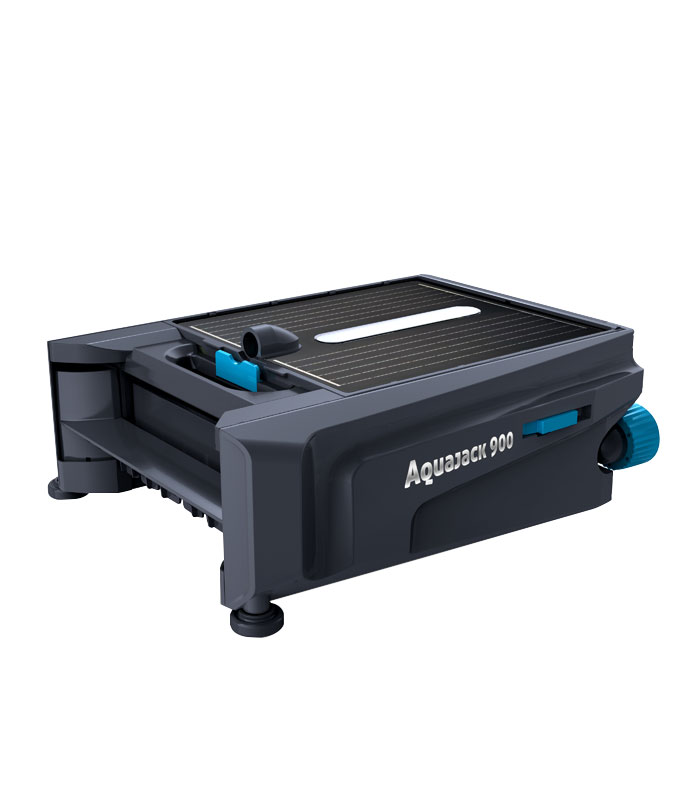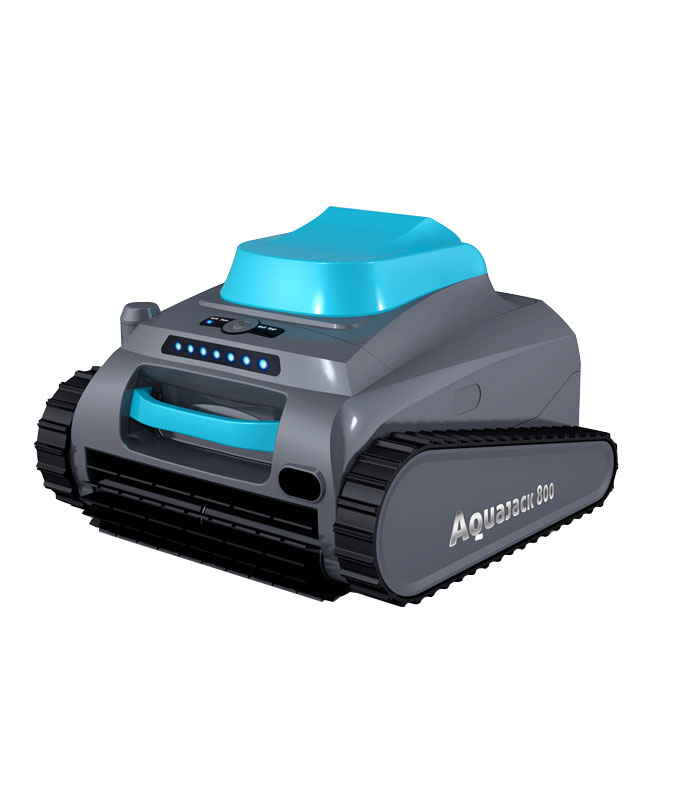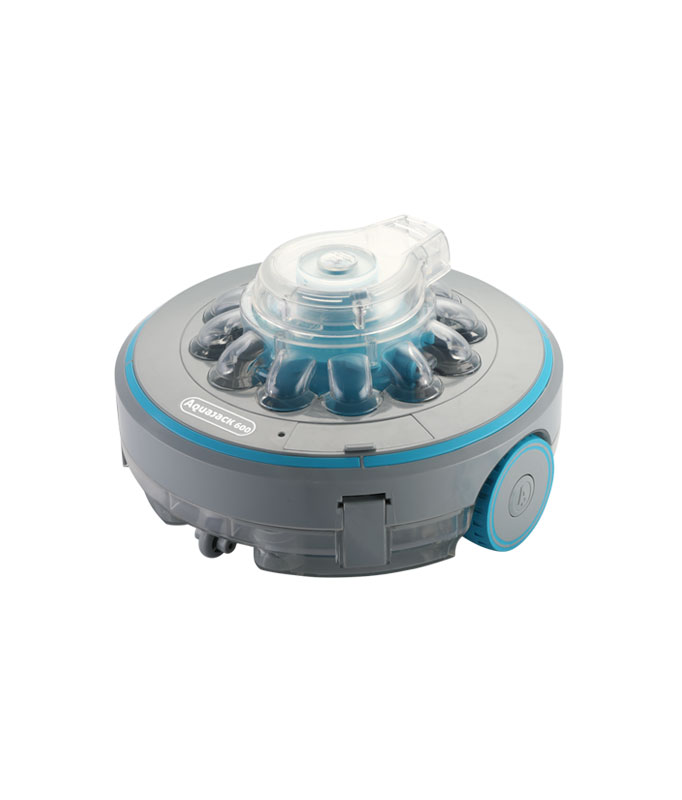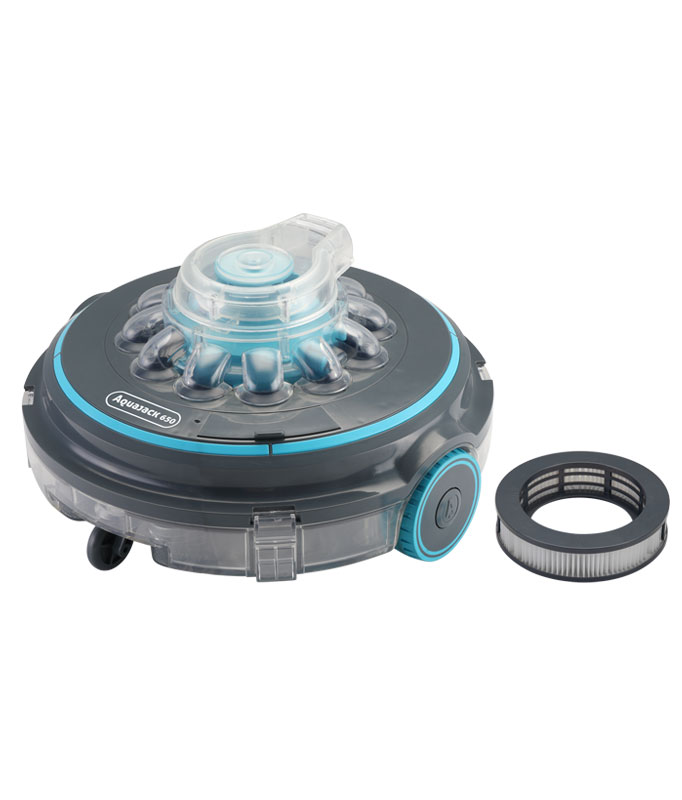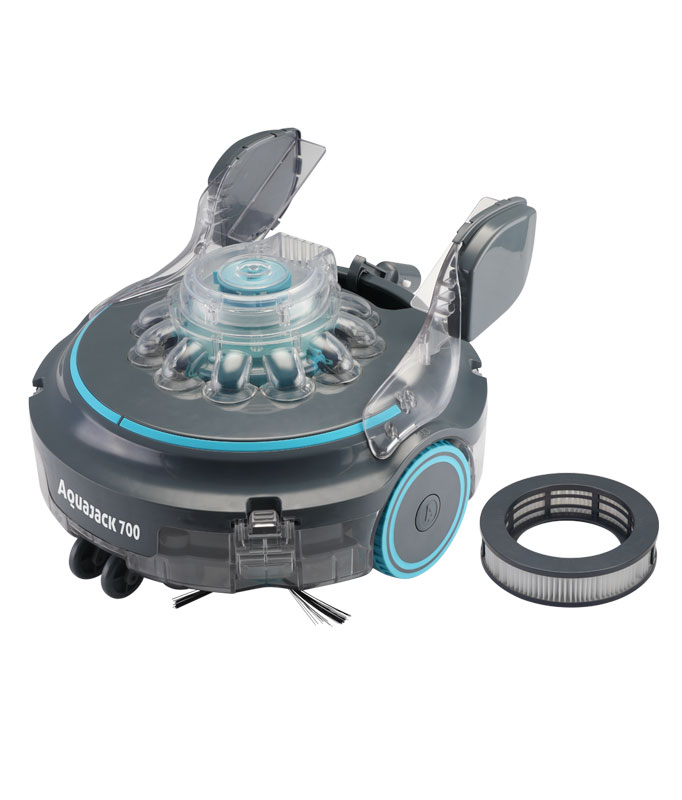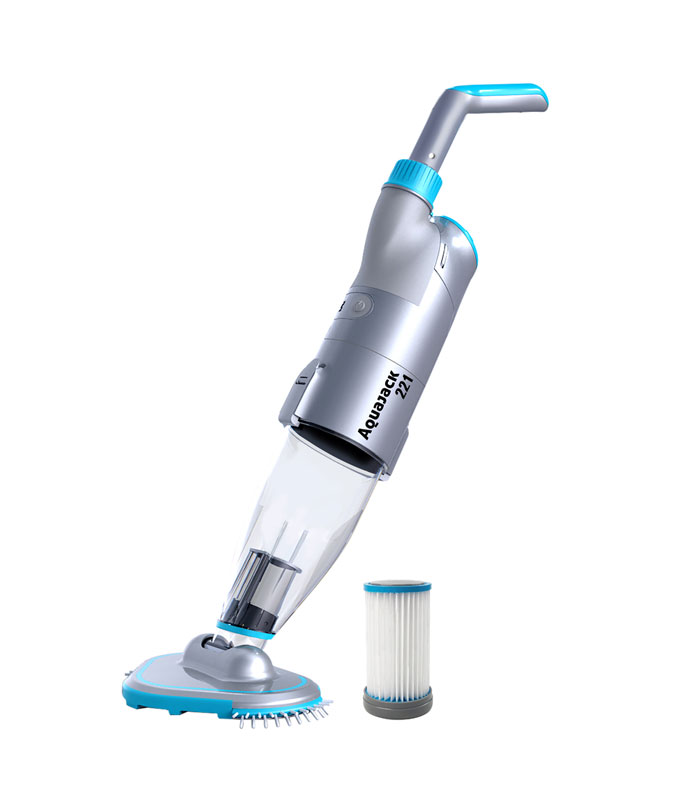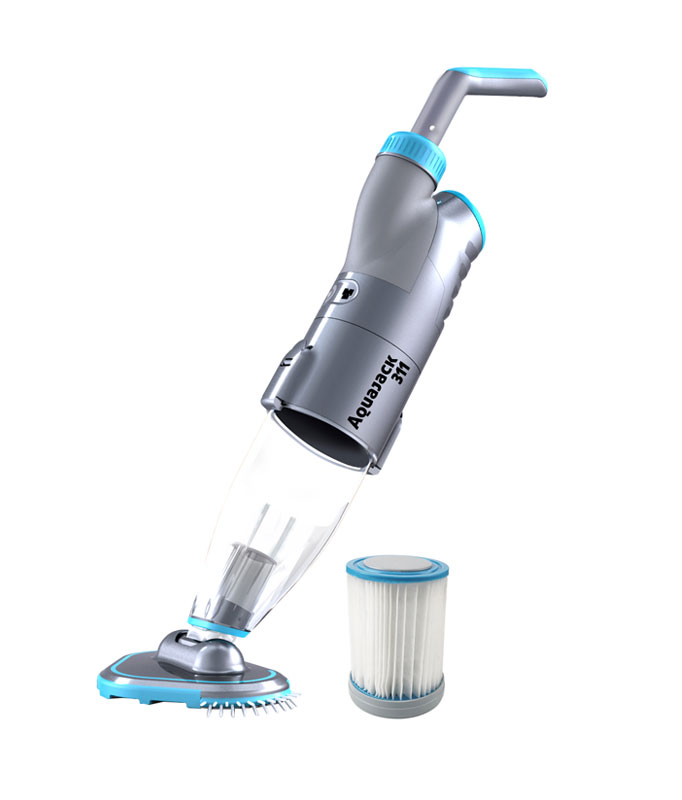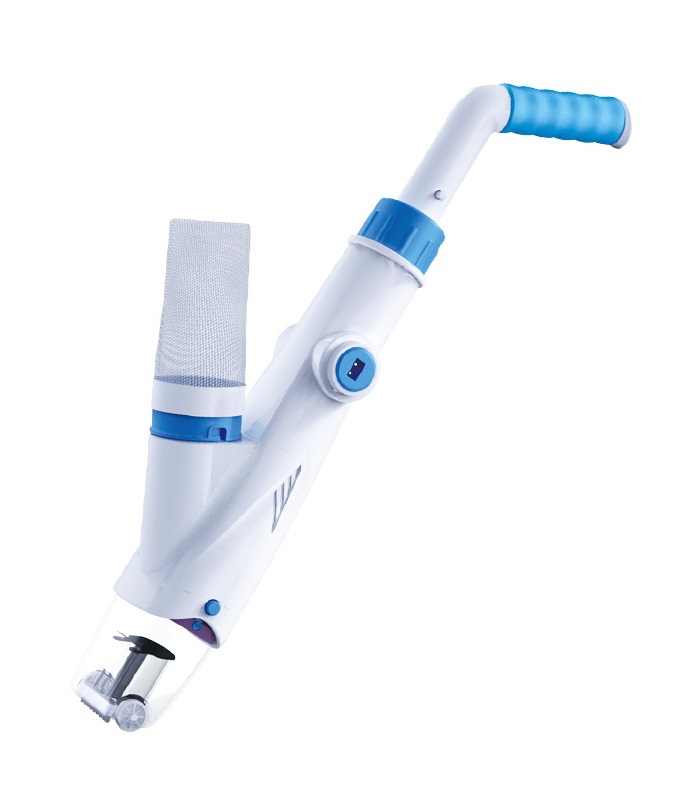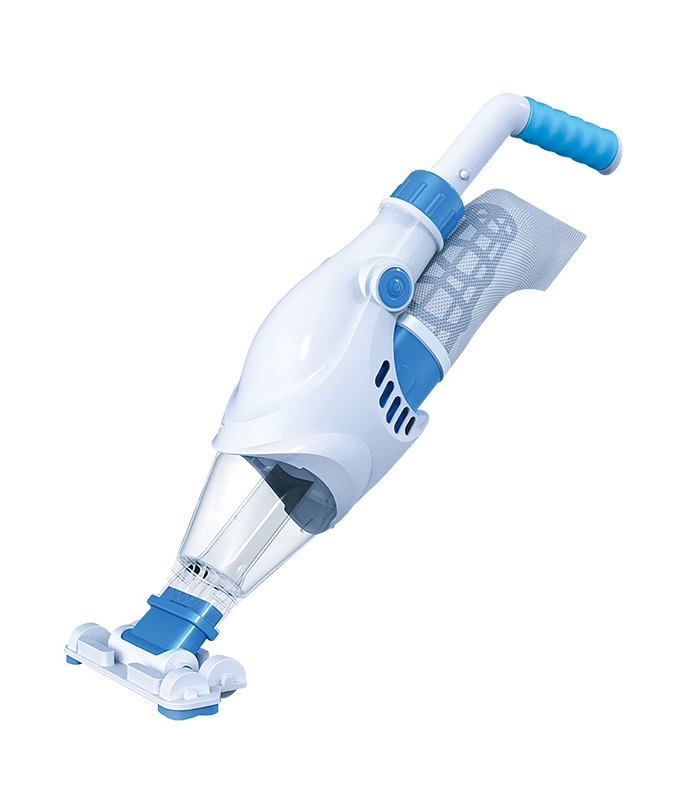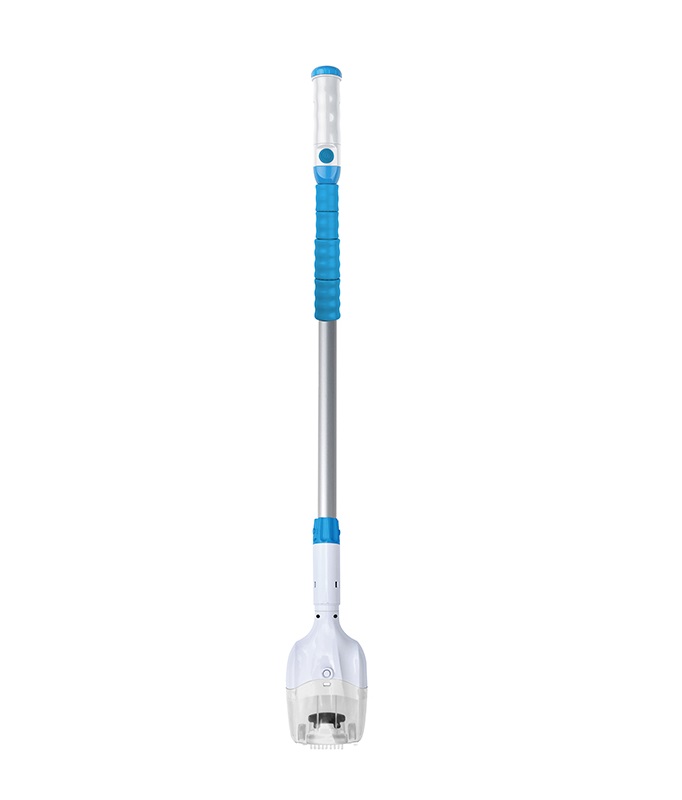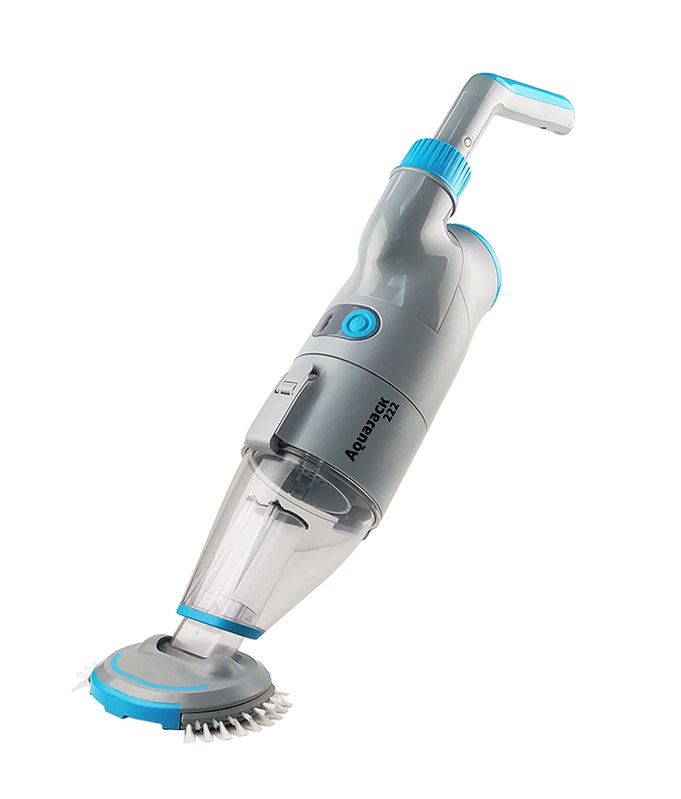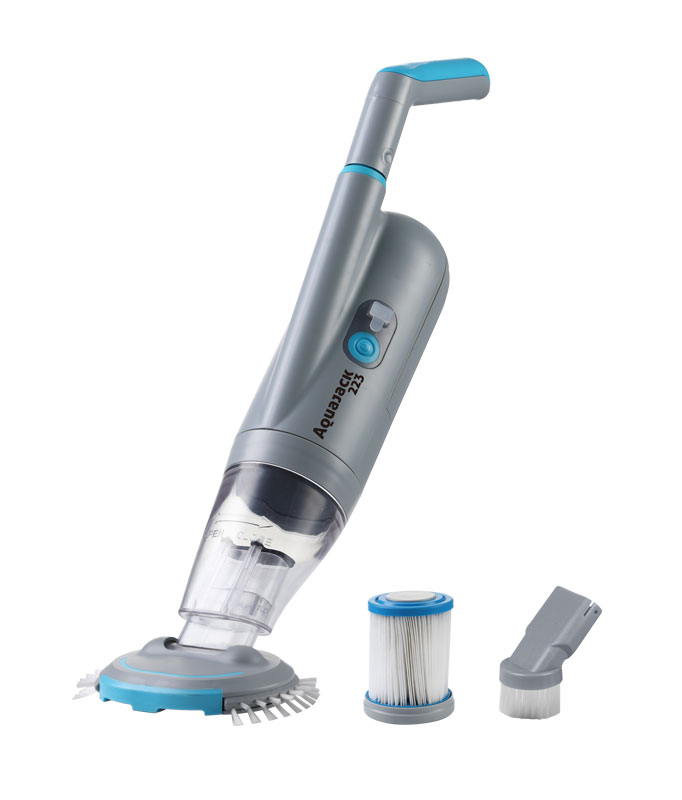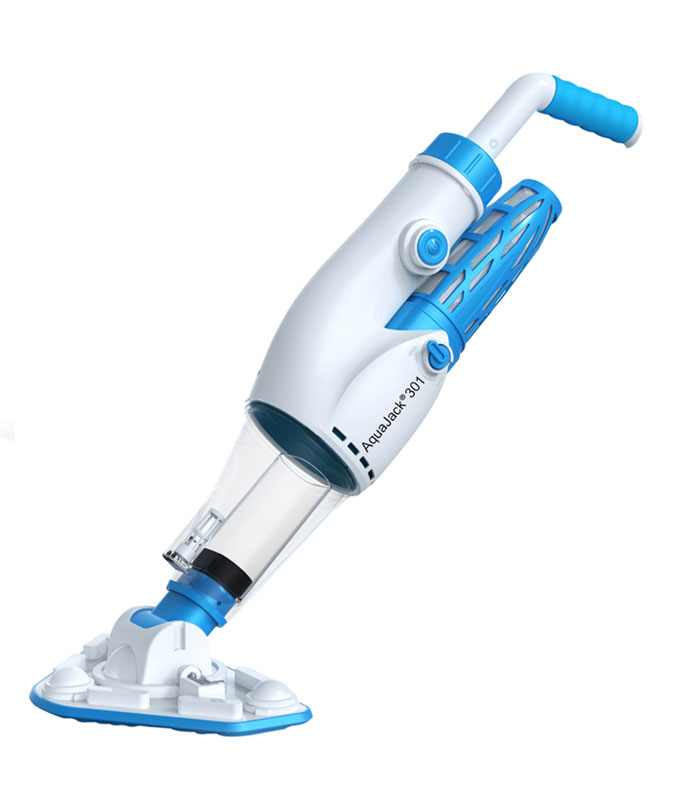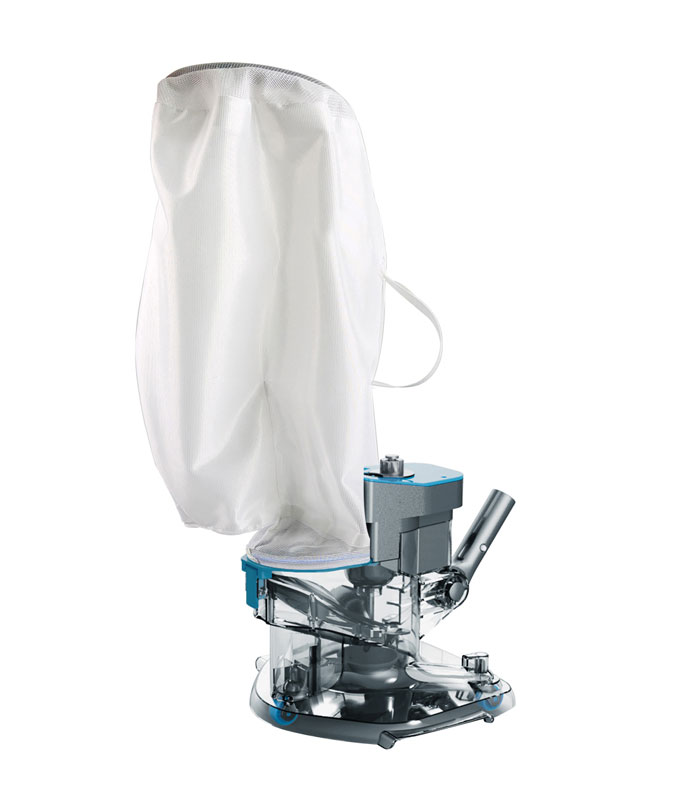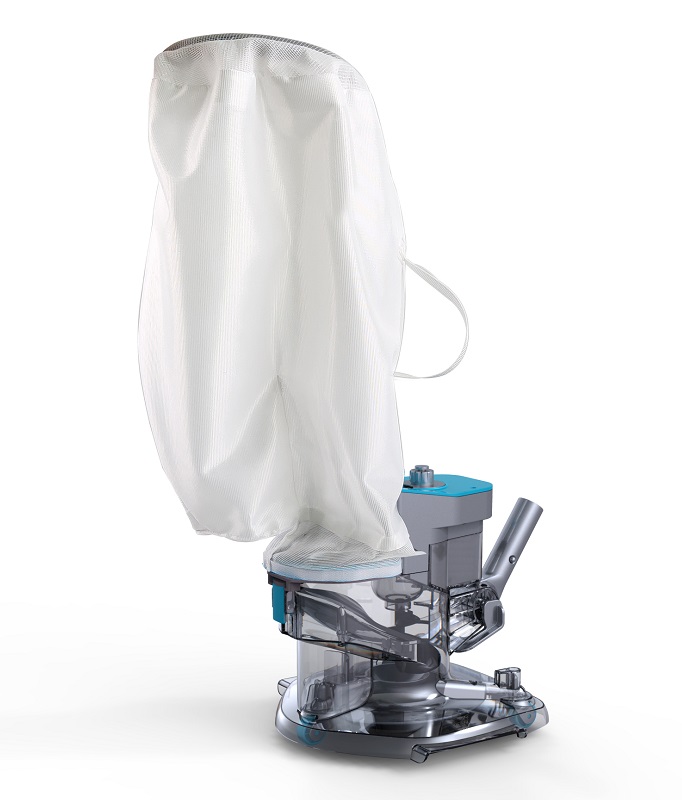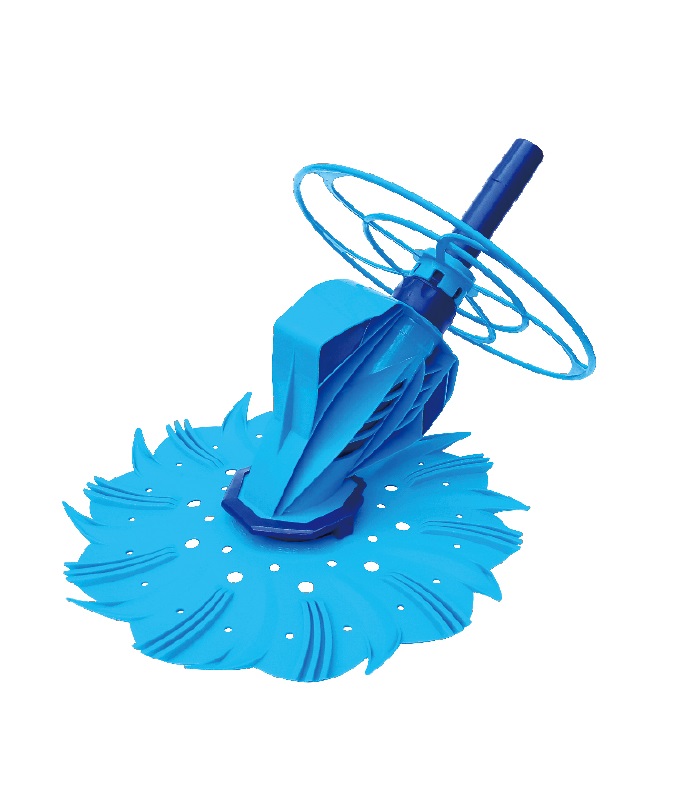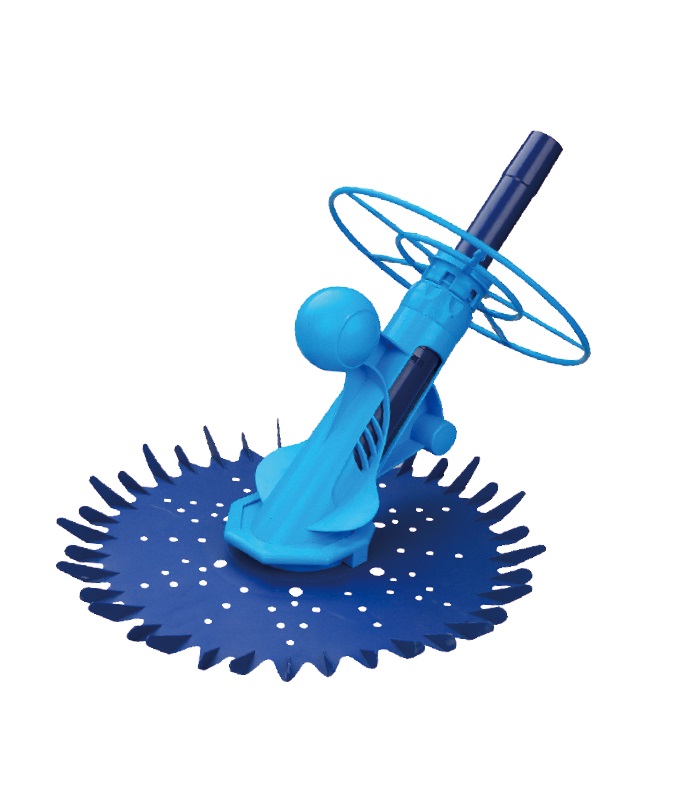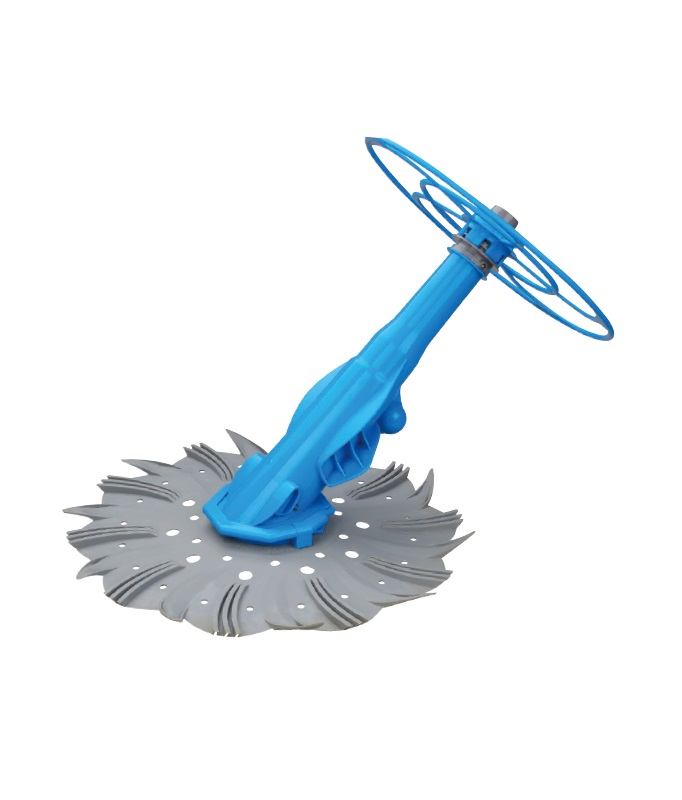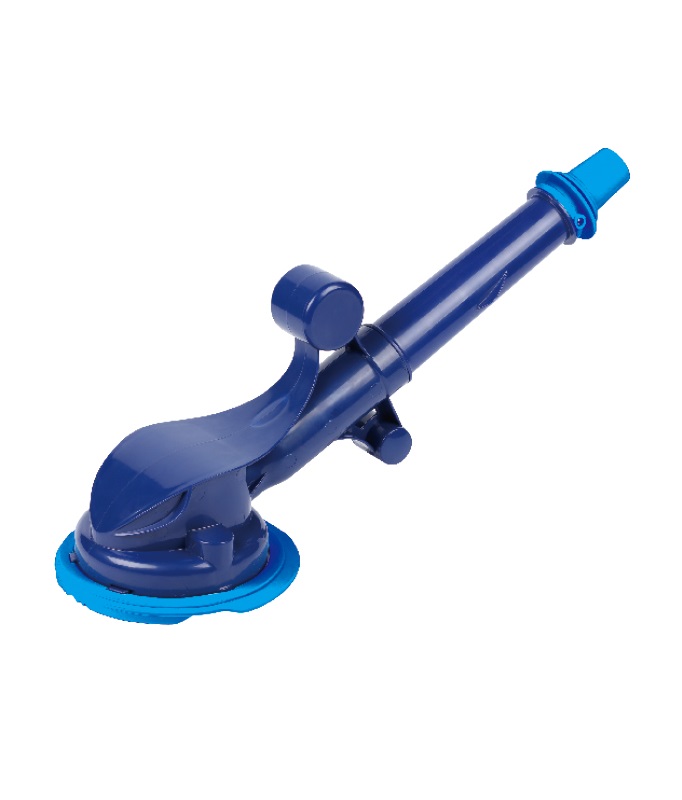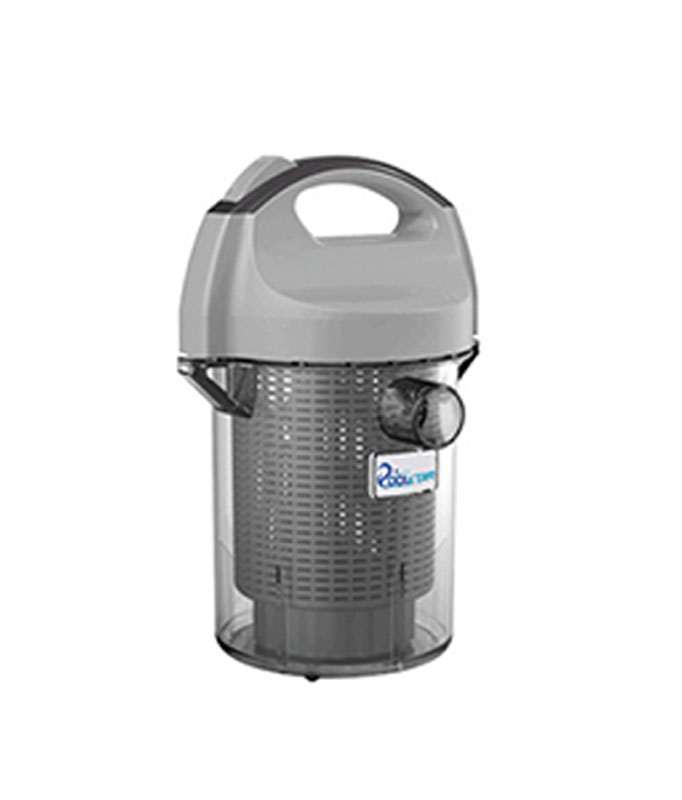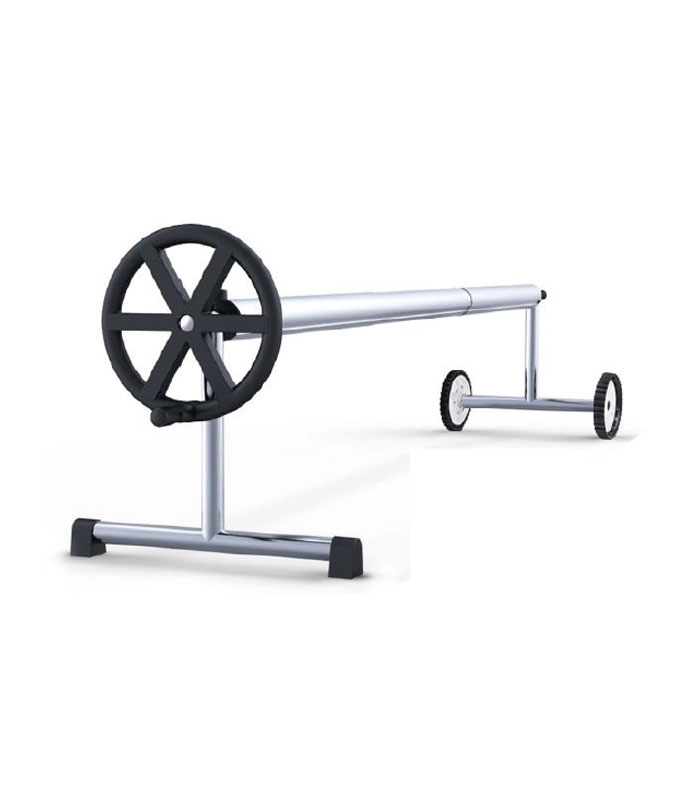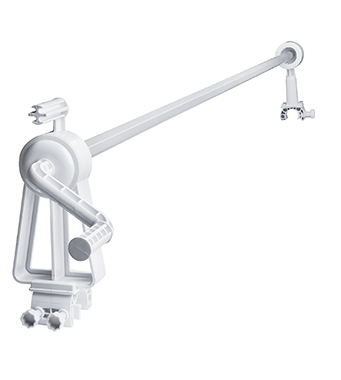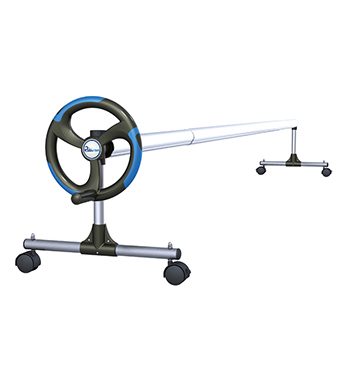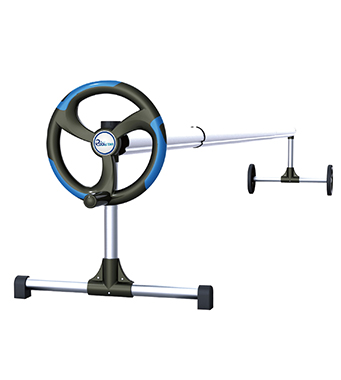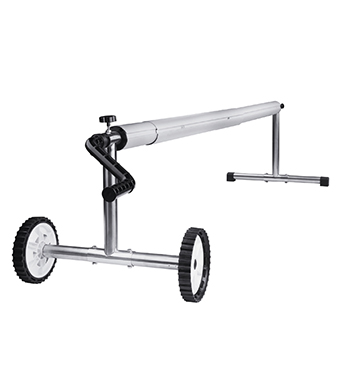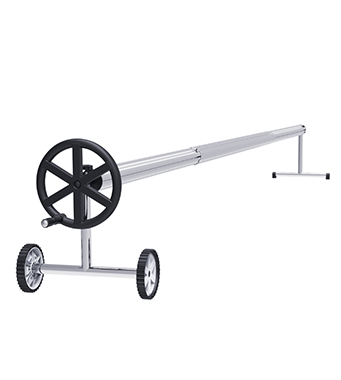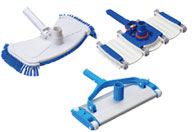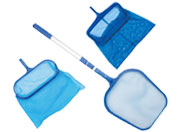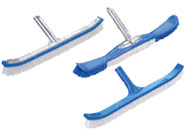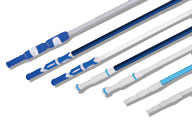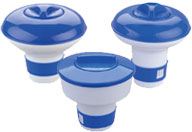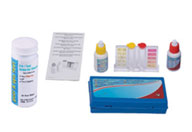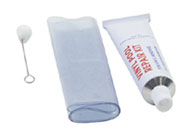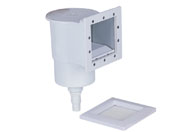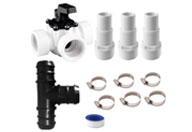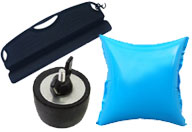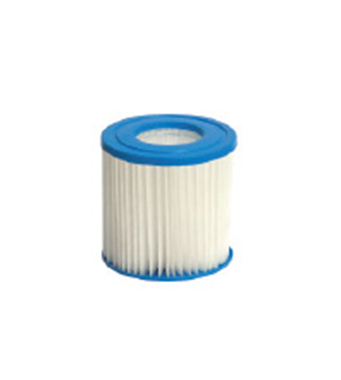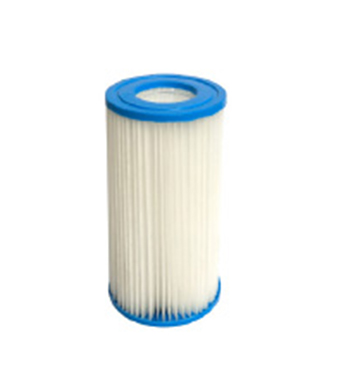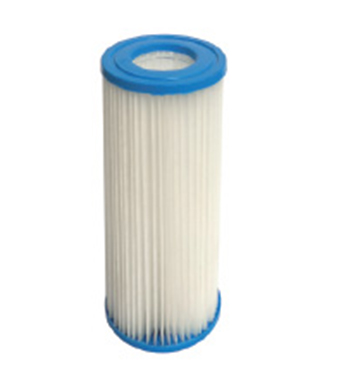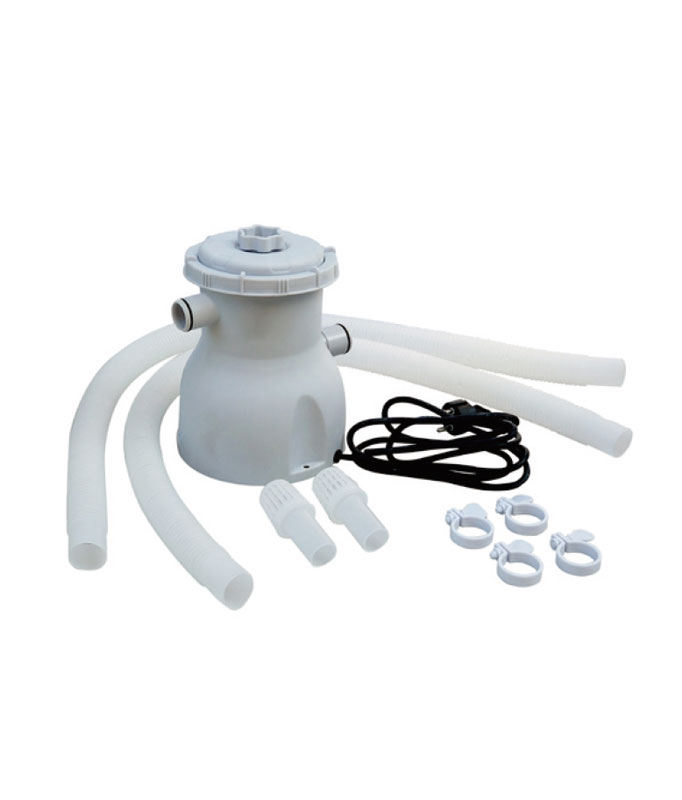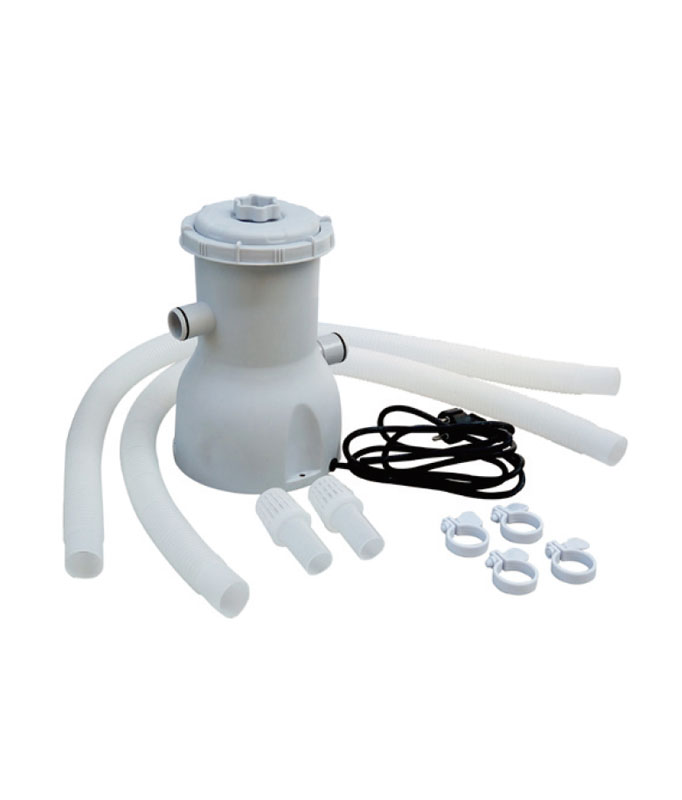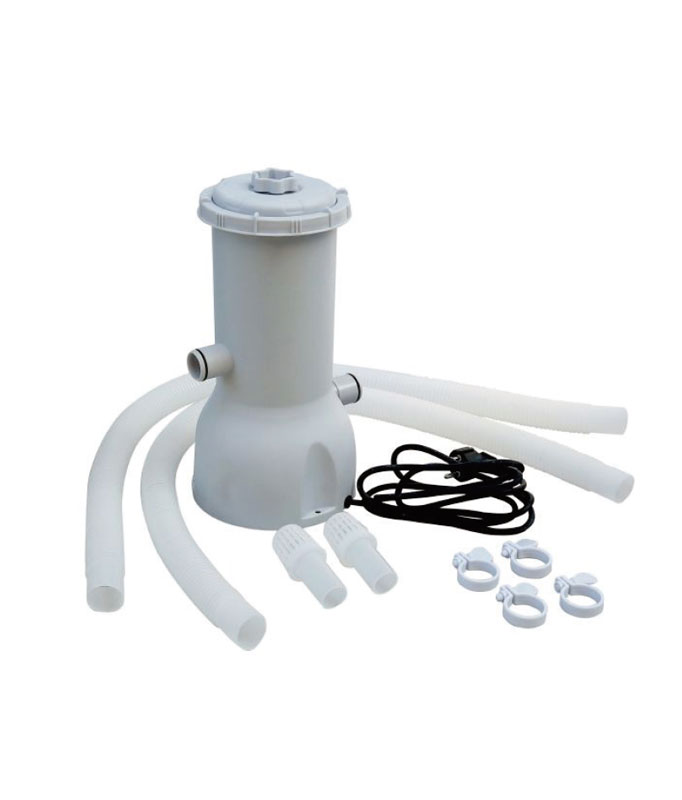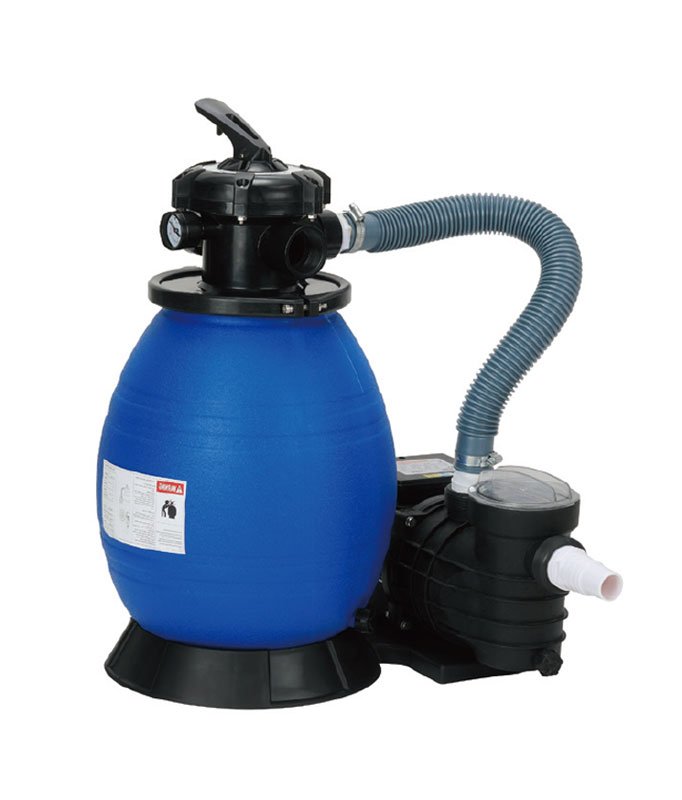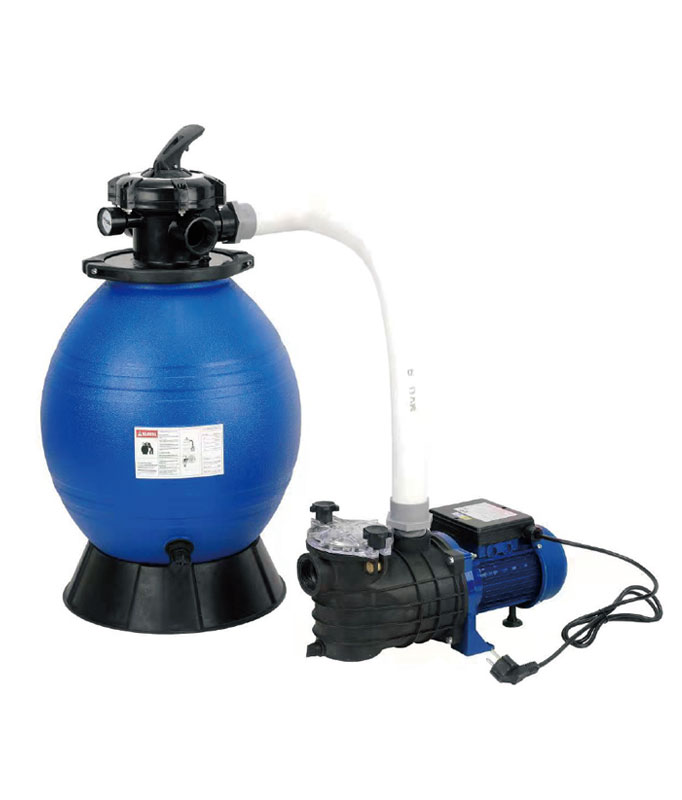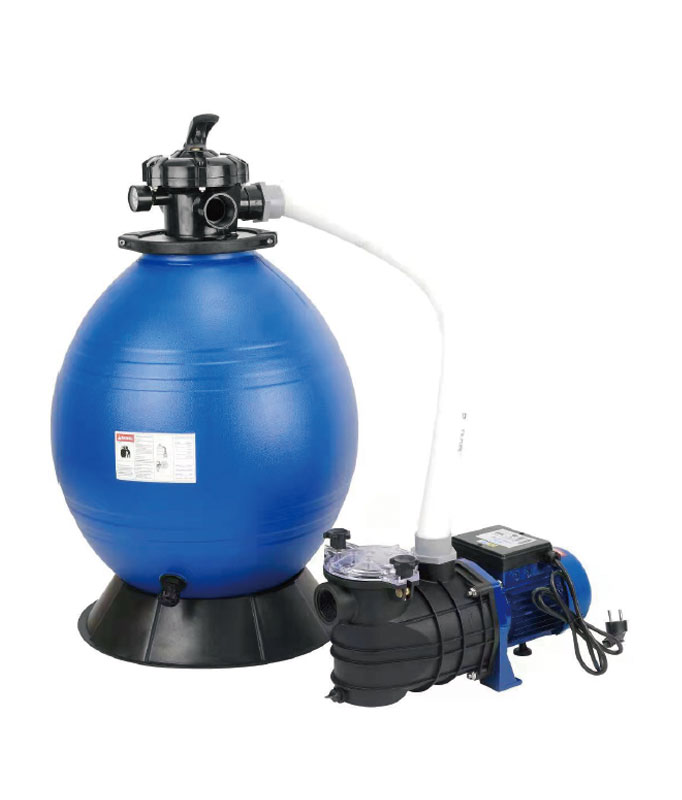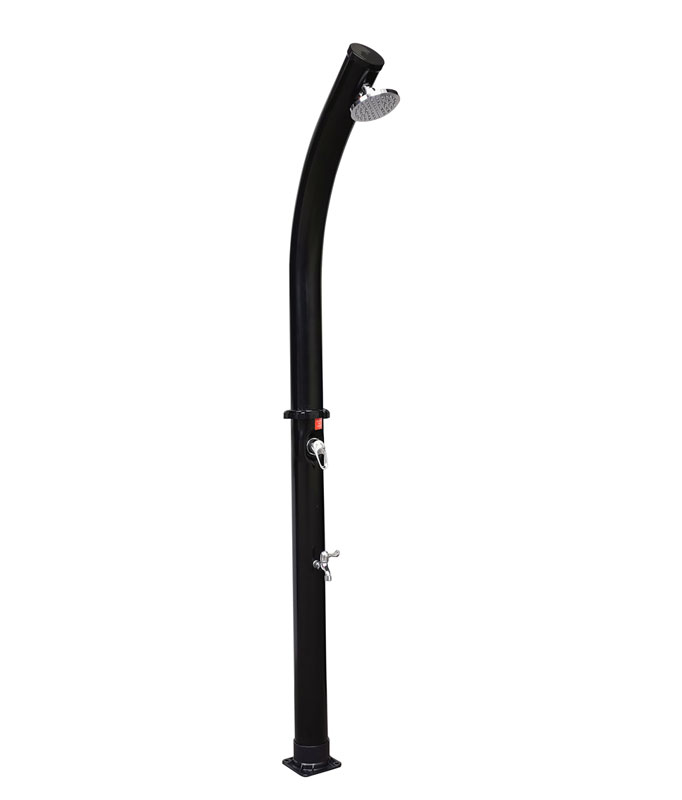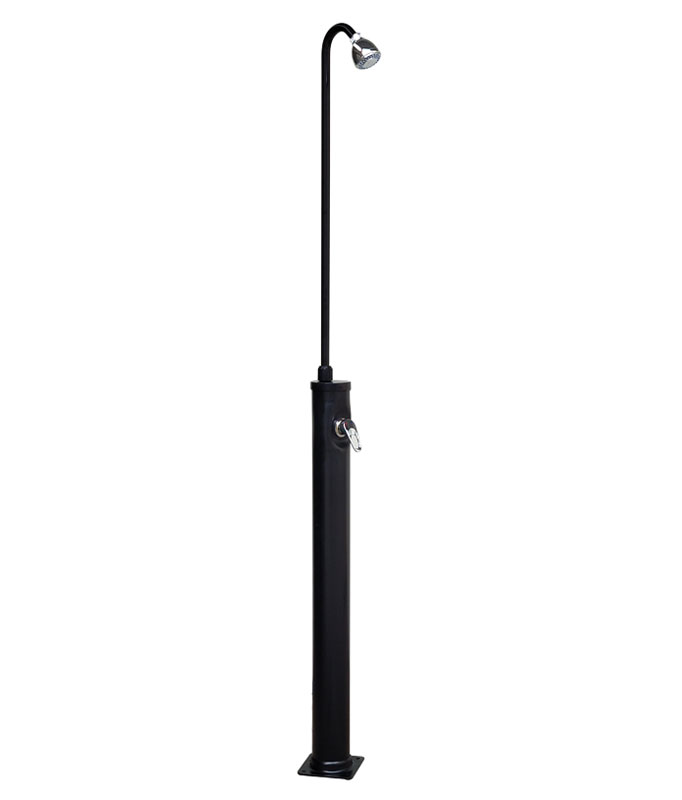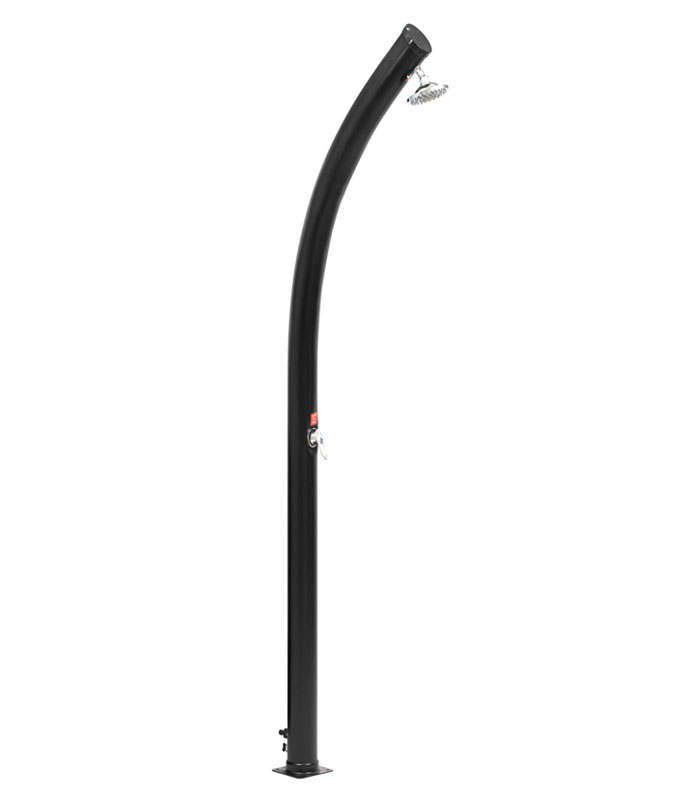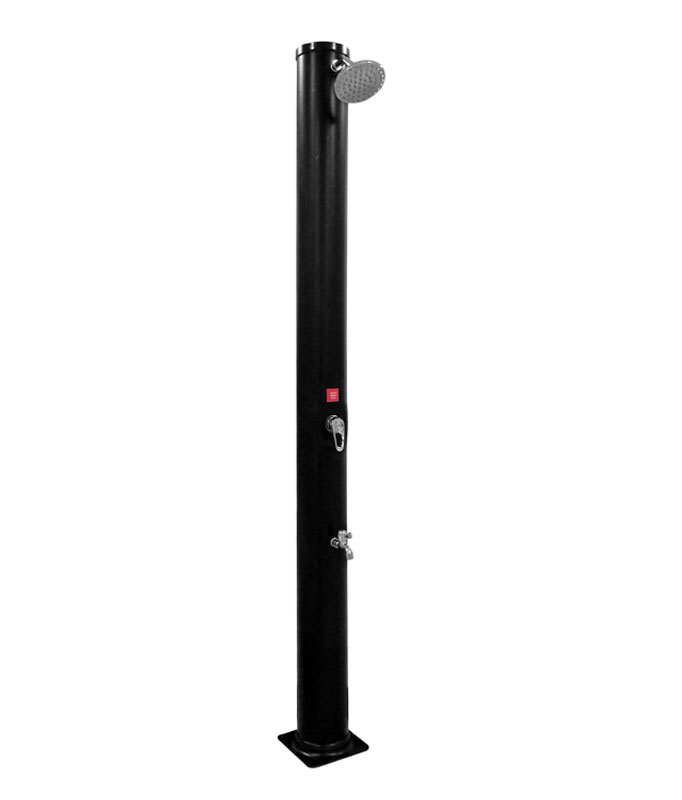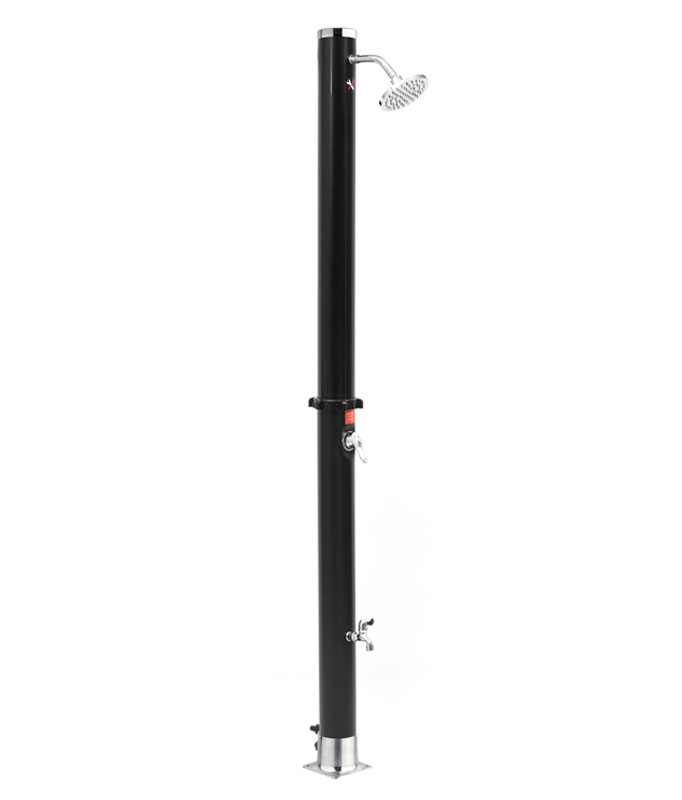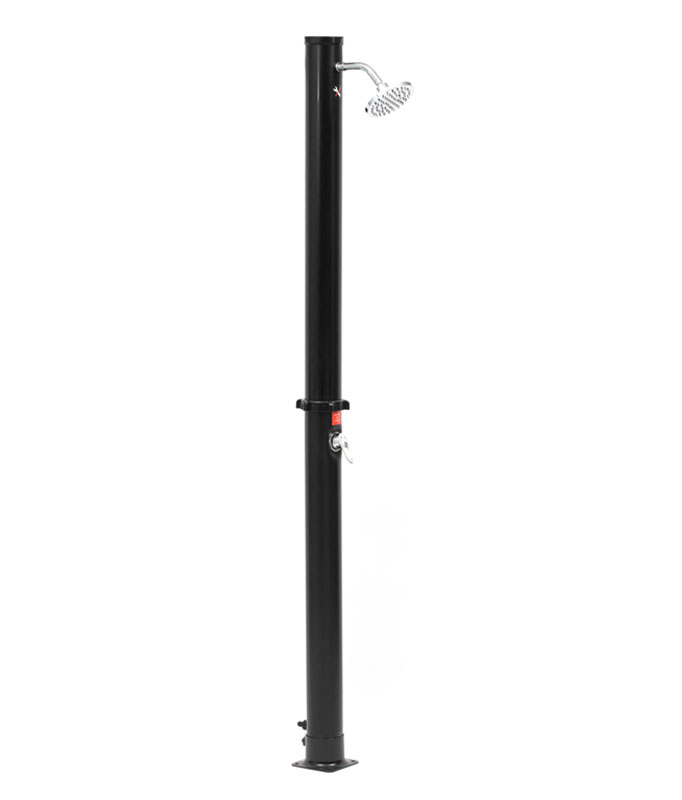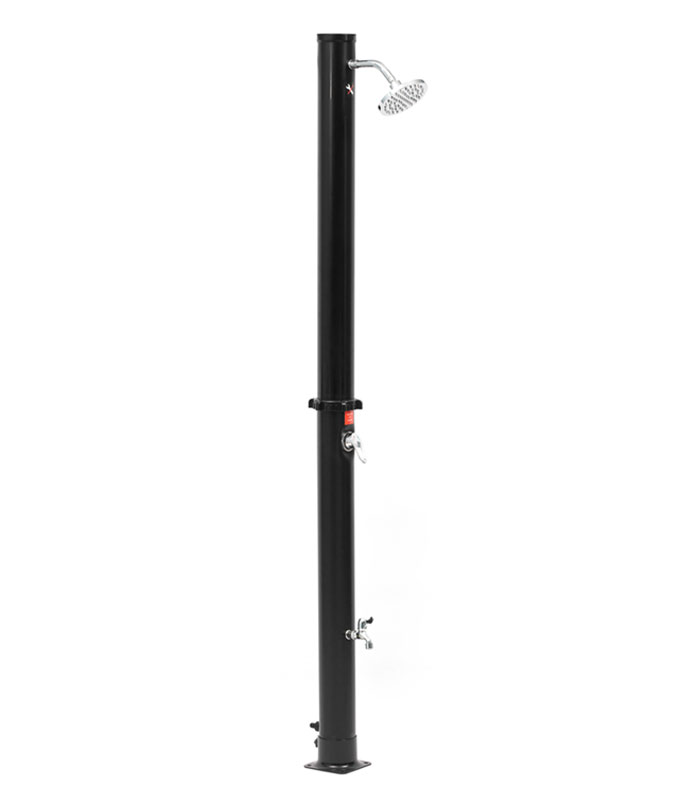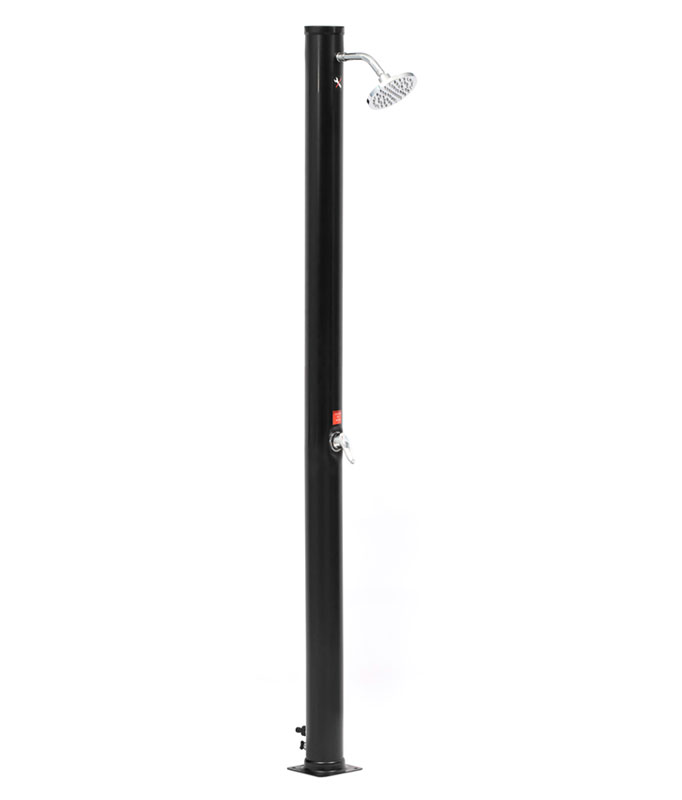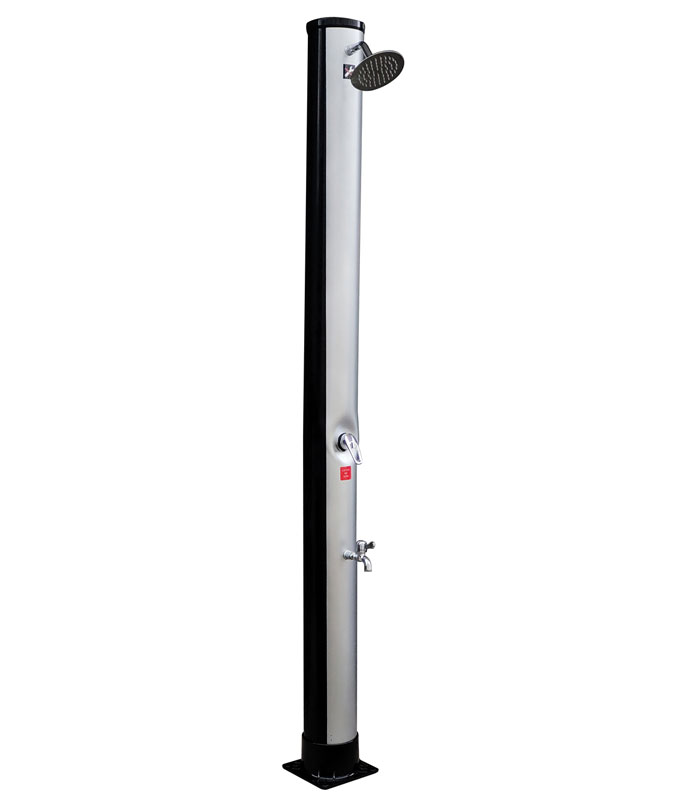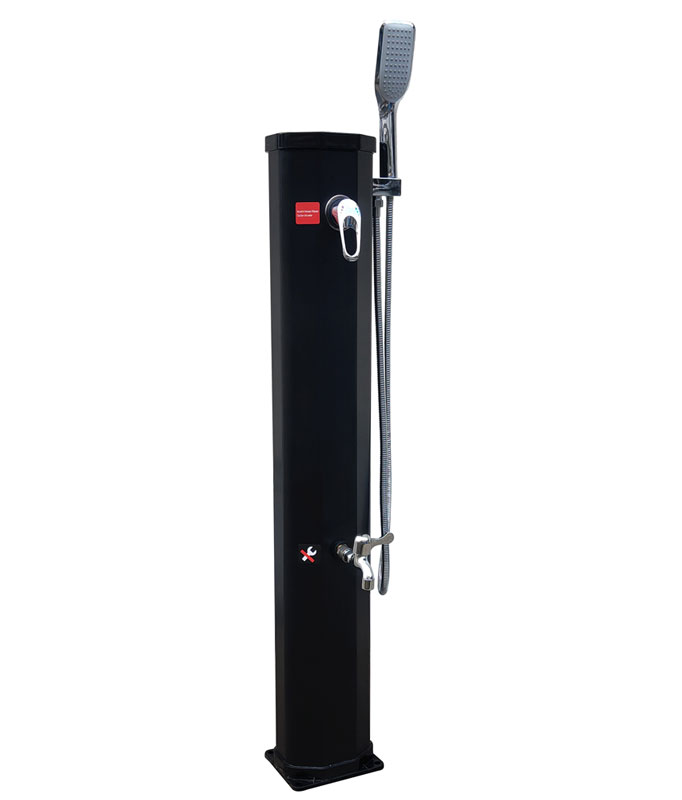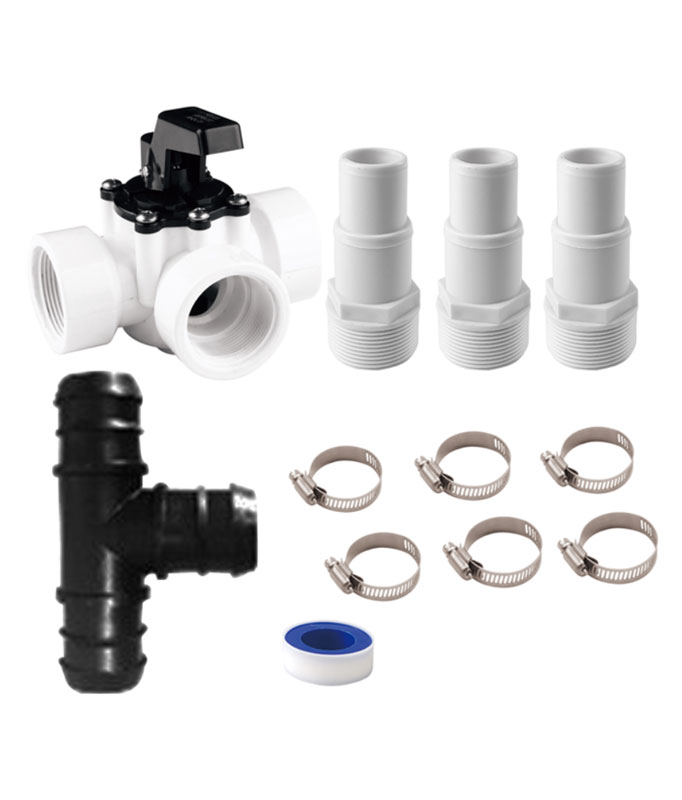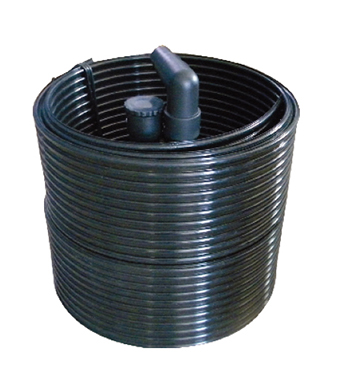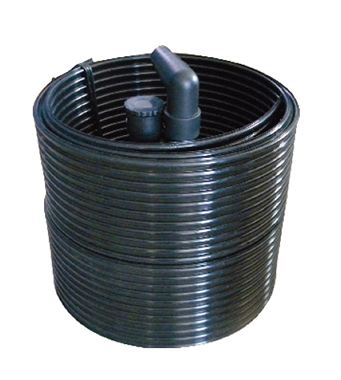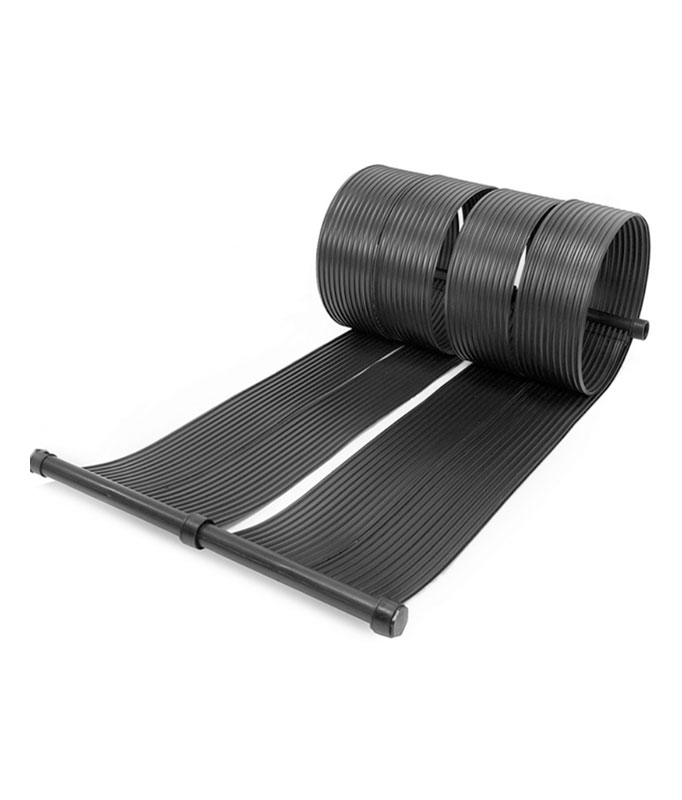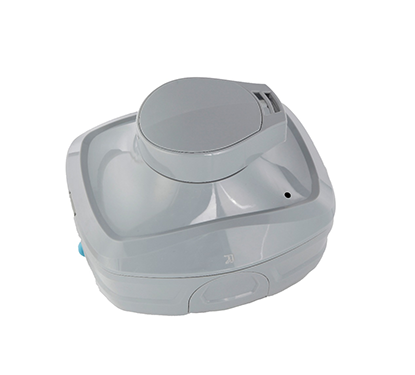
You buy a pool vacuum expecting years of service – but will it deliver? We reveal what 18 months of industrial torture testing says about real-world longevity.
Key Takeaways
- Accelerated Life Testing (ALT) compresses 7 years of wear into 6-18 months through extreme stress simulations
- Top performers withstand 5,000+ hours of continuous operation with <15% performance drop
- Durability Certified vacuums show 3X fewer motor failures vs. non-certified models
- Saltwater resistance degrades 68% faster in budget units after year 3
Why Real-World Testing Lies (The 5-Year Illusion)
The Pool Industry’s Dirty Secret
Most "durability claims" rely on gentle residential testing:
- 2-4 hour daily cycles
- Ideal pH-balanced water
- No abrasive sand/debris
- Perfect storage conditions
Real-World Failure Triggers
|
Factor |
Lab Test Simulation |
Real-Life Impact |
|
Saltwater Exposure |
3,000 ppm salinity |
Corroded seals in 18 months |
|
Sand Ingress |
50g abrasive slurry |
Motor erosion in year 2 |
|
Thermal Shock |
-10°C to 50°C swings |
Cracked housings |
|
Impact Damage |
1m drop tests |
Broken clips/wheels |
Pro Tip: Ask for ALT compliance certificates – if testing was under 2,000 hours, it simulates <3 years of use.
Inside the Accelerated Life Test Lab
Phase 1: Mechanical Torture (Months 1-6)
- Continuous Run Test: 30-day non-stop operation at max load
- Obstacle Course: Repeated collisions with steps, ladders, drains
- Debris Challenge: 10:1 sand-to-leaf ratio cycles
Results Snapshot:
|
Component |
Failure Rate @ 2,000hrs |
Top Performer |
|
Drive Motors |
41% |
AquaGlide Pro (7%) |
|
Wheel Assemblies |
63% |
Dolphin X7 (12%) |
|
Brush Rollers |
57% |
Baracuda Titanium (9%) |
Phase 2: Environmental Warfare (Months 7-12)
- Salt Corrosion Chamber: 90% humidity + salt spray cycles
- UV Aging Booth: Equivalent to 4,200 hours of desert sun
- Thermal Cycling: -15°C to 60°C transitions every 2 hours
Critical Finding:
Housing materials matter most:
- ABS Plastic: Cracked in 63% of units by month 10
- Fiberglass-Reinforced PP: 0% failures (e.g., AquaGlide Pro)
Phase 3: Electrical Endurance (Months 13-18)
- Voltage Spikes: 150% surges daily
- Water Intrusion: IPX8 submersion with active electronics
- Control Board Stress: 500,000 command cycles
Shocking Truth:
Only 22% of non-certified boards passed – vs. 89% of Durability Certified units.
The 7-Year Survivors: What Sets Them Apart
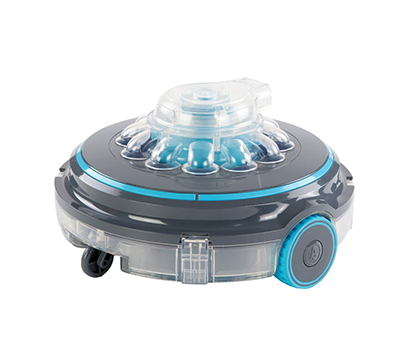
1. Motor Engineering Secrets
- Triple-Sealed Bearings: Prevent sand ingress (lasts 3X longer)
- Copper-Nickel Windings: Resist salt corrosion vs. standard copper
- Thermal Runaway Protection: Auto-shutdown at 85°C
"Our ALT showed standard motors lost 40% torque after 3,000 hours – military-grade motors dropped just 8%."
– Dr. Elena Torres, PoolLab Robotics
2. Saltwater Defense System
|
Defense Layer |
Budget Vacuum |
Certified Model |
|
External Seals |
Silicone (degrades in 2yrs) |
Fluorosilicone (7yr rating) |
|
Fasteners |
Stainless Steel (SS304) |
Marine-Grade SS316 |
|
Circuit Coating |
None |
Conformal Nano-Coating |
3. Impact-Resistant Architecture
- Monocoque Frames: 5X more torsionally rigid than snap-together designs
- Collision Sensors: Reduce impact force by 70% (prevents micro-cracks)
- Shock-Absorbing Wheels: Thermoplastic elastomer (TPE) vs. brittle PVC
Durability Certification Decoded
Look for these 3 test markers:
-
ALT-7000 Badge
= Passed 7,000 hours of combined mechanical/environmental stress
-
IPX9K Rating
= Survives high-pressure/steam cleaning (not just splashes)
-
Corrosion Class C5-M
= Withstands severe marine environments
Currently Certified Models:
- Polaris Alpha XD
- Hayward AquaArmor 700
Maintenance That Adds Years
Do This
✅ Post-Clean Rinse: 2-minute freshwater spray (removes salt crystals)
✅ Quarterly Seal Inspection: Check for hardening/cracks
✅ Annual Gearbox Lubrication: Use PTFE-based grease
Avoid This
❌ Power-Washing: Blasts water past seals
❌ Direct Sun Storage: UV degrades plastics 4X faster
❌ Brushing Sandy Pools: Creates abrasive slurry
Longevity-Boosting Accessories
- Seal Conditioning Kit: Prevents drying/cracking
- Wheel Upgrade Kit: TPE treads for rough surfaces
Real Owners, Real Durability Data
5-Year Field Performance Study
|
Model |
Survival Rate |
Avg Repair Cost/Year |
|
Durability Certified |
91% |
$18.50 |
|
Non-Certified |
47% |
$127.80 |
Owner Testimonial:
"My AquaGlide Pro just hit year 6 – replaced wheels once ($29). Neighbor's cheap vacuum died in year 2 after $240 in motor repairs."
– Mark R., Arizona
When to Replace: The 5 Warning Signs
- Rust Stains around screws/motor housing
- Erratic Movement (gear wear)
- Whining Motors (bearing failure)
- Cracked Wheel Hubs
- Salt Creep (white residue on electronics)
Pro Tip: Annual teardown photos track degradation. Compare gasket/gear conditions year-over-year!
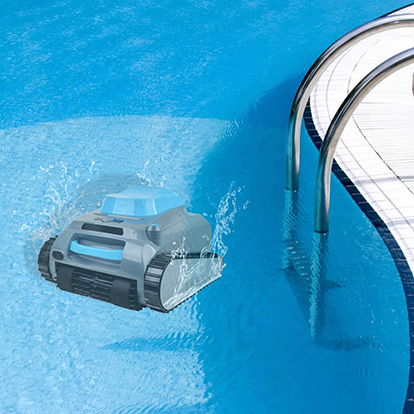
FAQ
Q: Do extended warranties cover ALT-proven failures?
A: Only if specified! Most exclude "corrosion" and "wear items" – Durability Certified models include seal/motor coverage.
Q: Can I retrofit my old vacuum with upgrade kits?
A: Partially – wheel/brush kits help, but corrosion protection requires factory-sealed components.
Q: How does saltwater accelerate wear vs freshwater?
A: 3.8X faster bearing wear, 2.6X faster seal degradation, 4.1X higher electronics failure.

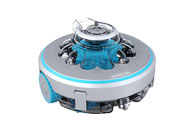 Robotic Pool Cleaner
Robotic Pool Cleaner 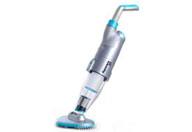 Portable Pool Vacuum Cleaner
Portable Pool Vacuum Cleaner 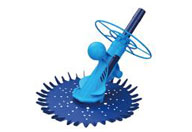 Automatic Pool Cleaner
Automatic Pool Cleaner 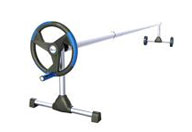 Pool Cover Reel
Pool Cover Reel 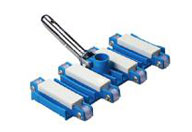 Pool Cleaning Accessories
Pool Cleaning Accessories 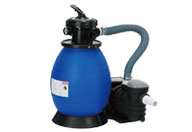 Pool Filter Pump
Pool Filter Pump 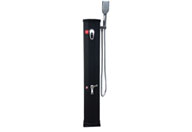 Pool Solar Shower
Pool Solar Shower 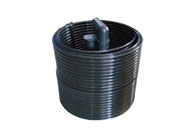 Pool Solar Collector
Pool Solar Collector 